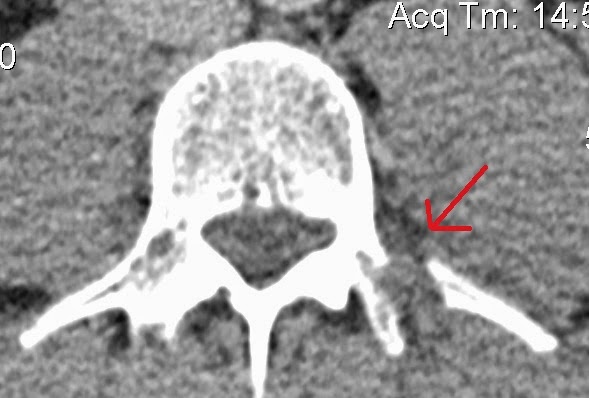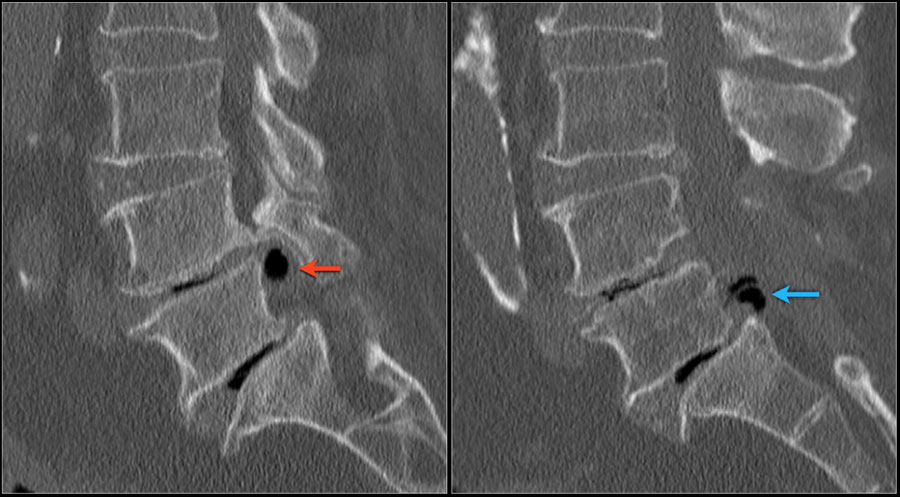
Your surgeon can walk you through the specifics of a decompression operation or a disc replacement surgery should your condition progress to the point where these options would be in your best interest.įor more information about collapsed discs, or for help with your spine condition, reach out to Dr.
#Collapsed disk xray free
There are a few different surgical operations to address a collapsed disc, but the goal is to stabilize the spinal segment and ensure the nearby areas are free from compression. If six or more weeks of conservative care fails to provide relief, surgery may be recommended. Depending on the individual patient and their goals, they may achieve symptom relief through a combination of physical therapy, lifestyle changes, anti-inflammatory medications, exercise or spinal injections. Once diagnosed, your spine specialist will walk you through your treatment options. They may be able to make a diagnosis from this information alone, but to be sure, imaging tests like an x-ray or MRI may be ordered. From there, he’ll conduct a physical exam and ask you to perform some movements to look for muscle weakness or nerve impingement. He’ll begin by reviewing your medical data and by asking about your symptoms. If you are experiencing any or all of the above symptoms in your spine, set up a consultation with Dr. A lot of mild cases do not result in symptom prevalence, but if a spinal nerve or the spinal cord become compressed due to a loss of space from diminished disc height, you may notice: Partially or mild forms of collapsed discs may not impinge any nearby structures, so you may not even be aware that you’re dealing with a collapsed disc. It’s not to the point where it becomes misshapen (bulging disc) or ruptures and the jelly breaks from the outer layer (herniated disc), but height loss means nearby structures are at an increased risk for compression. Over the years, stress will wear down this outer layer of dough, and eventually it will lose some height. It often helps to visualize the discs in our spines as jelly donuts, but with a much stronger dough surrounding the soft center. Overview of Collapsed Spinal DiscsĬollapsed discs are most common in the cervical (upper) and lumbar (lower) parts of our spines because these areas often shoulder the most stress, and repetitive stress over the years can lead to degeneration. Left untreated, they can lead to more spinal issues, so below we take a closer look at how collapsed spinal discs are diagnosed and treated. Sometimes this breakdown can be caused by acute trauma to the area, but more often it occurs slowly over many decades due to the natural aging process. (2018).How To Treat A Collapsed Spinal Disc Category: Spine | Author: Stefano SinicropiĪ collapsed spinal disc is a disc that no longer has its normal height and spacing due to breakdown of its outer wall. Herniated disc (cervical, thoracic, lumbar).herniated disc: What's the difference? (2018).

You can learn more about how we ensure our content is accurate and current by reading our editorial policy. We link primary sources - including studies, scientific references, and statistics - within each article and also list them in the resources section at the bottom of our articles. Medical News Today has strict sourcing guidelines and draws only from peer-reviewed studies, academic research institutions, and medical journals and associations.

Sometimes, the outer layer of the disk breaks down and ruptures, and a gel-like center is pushed out through a tear in the disk’s exterior wall. Most bulging disks occur at the bottom of the lumbar spine. When the disk bulges, it may compress or make contact with a nerve and trigger pain. The amount of gel can also decrease with age, become compressed, and push out. This gel may lose its flexibility and become rigid with age. They also act as shock absorbers to prevent damage during movement.Įach disk contains a tough outer layer with gel in the middle.

The disks provide support for the spine and allow for movement between the vertebrae and to prevent bones from rubbing against each other. Between each vertebra is soft tissue, known as a spinal disk.
#Collapsed disk xray series
Share on Pinterest Image credit: DjelicS/Getty ImageĪ bulging disk occurs when the inner, jelly like portion of the disks between the bones in the spine bulge out through a tear in the outer (annulus) portion of the disk.Ī series of interlocking bones, called vertebrae, make up the spine.


 0 kommentar(er)
0 kommentar(er)
